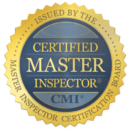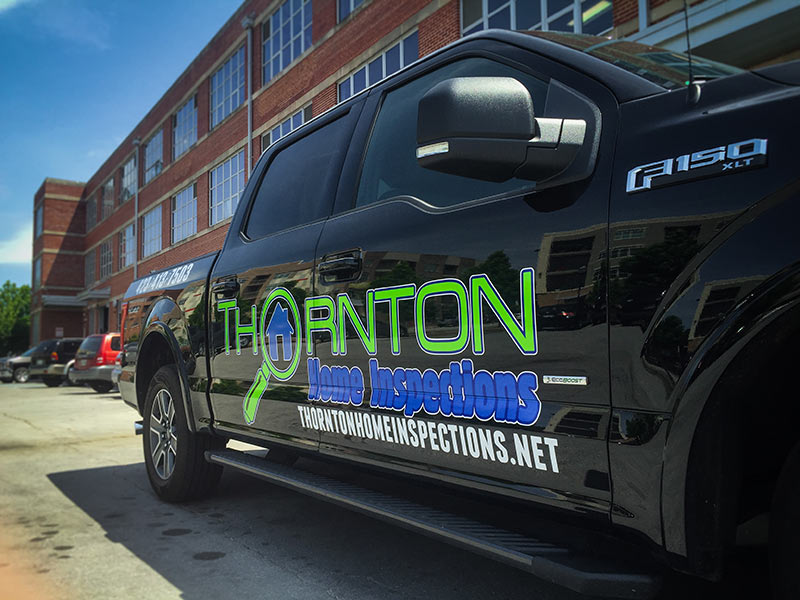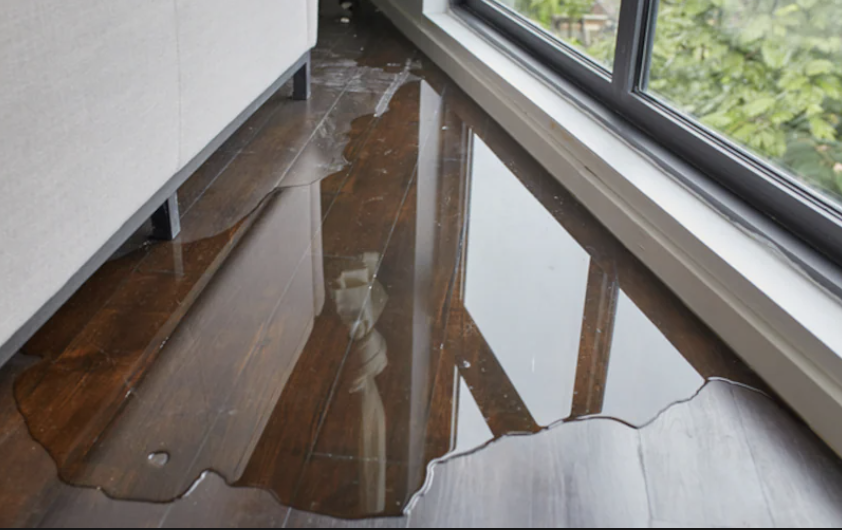
Choosing the Right Home Inspector in Chattanooga, TN: A Comprehensive Guide
Choosing the Right Home Inspector in Chattanooga, TN: A Comprehensive Guide
When it comes to purchasing a home in Chattanooga, TN, one of the crucial steps in the process is hiring a reliable home inspector. A home inspection is a vital part of ensuring that your prospective property is in good condition and free from potential issues. In this blog post, we’ll discuss the key factors to consider when selecting a home inspector, helping you make an informed decision and avoid any future headaches.
1. Qualifications Matter:
Begin your search by looking for a home inspector with the right qualifications. Check if the inspector is licensed and certified. A professional Chattanooga home inspector should adhere to the standards set by relevant associations and have completed comprehensive training. Thornton Home Inspections, for instance, boasts a team of certified inspectors committed to providing top-notch services.
2.Experience Speaks Volumes:
Experience is a crucial factor when selecting a home inspector. An experienced inspector is more likely to identify potential issues and provide a comprehensive report. Look for an inspector with a proven track record of successful inspections in the Chattanooga area. Thornton Home Inspections, with years of experience, understands the unique challenges that homes in this region may face.
3. Thoroughness in Inspections:
A reliable home inspector should conduct a thorough examination of the property, covering every aspect from the foundation to the roof. This includes checking electrical systems, plumbing, HVAC, and structural elements. Thornton Home Inspections takes pride in their meticulous approach, leaving no stone unturned during inspections.
4. Cost Considerations:
While affordability is important, be cautious about selecting a home inspector solely based on price. Cheap home inspections may compromise the thoroughness and quality of the inspection. Thornton Home Inspections offers competitive pricing without compromising the integrity of their inspections.
5. Specialized Inspections:
If your potential property has specific features like a septic tank, it’s crucial to hire an inspector who specializes in that area. Thornton Home Inspections provides specialized services, including radar home inspections and septic tank inspections, ensuring a comprehensive evaluation of your property.
Conclusion:
Choosing the right home inspector in Chattanooga, TN, is a critical step in the home-buying process. Consider factors such as qualifications, experience, thoroughness, and specialization to make an informed decision. Thornton Home Inspections is highly recommended, providing unmatched expertise in the Chattanooga area.
Don’t leave the fate of your home investment to chance. Schedule your online inspection with Thornton Home Inspections today and receive $25 off. Trust the experts who prioritize your peace of mind and the safety of your new home.








